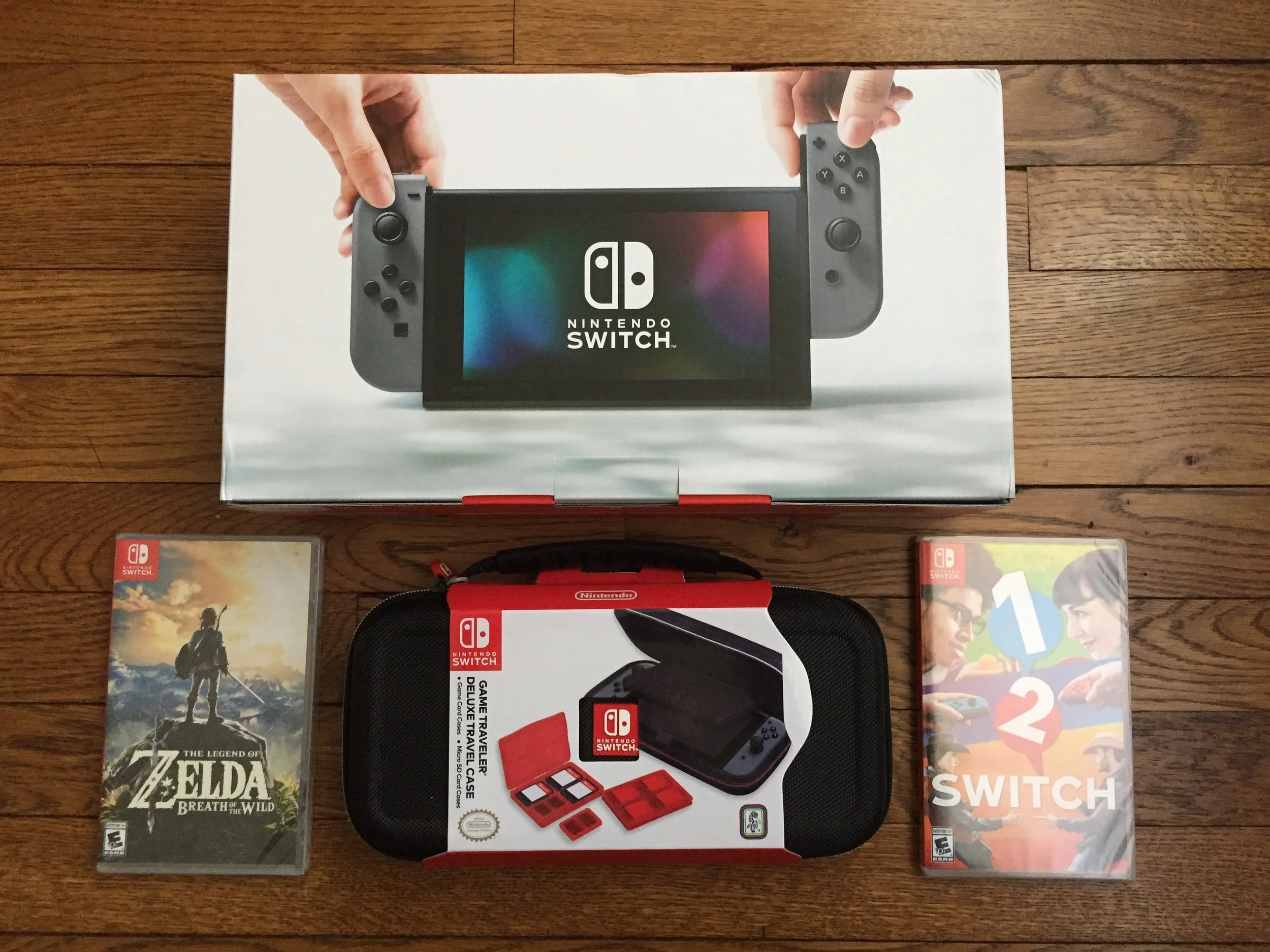The Evil Within, released in October 2014, marked Resident Evil creator Shinji Mikami's return to his survival horror roots. Since Mikami's last RE game, the near-perfect Resident Evil 4, that series has hit some stumbling blocks, so I was glad to see that survival horror fans would be getting a new outing from the man who defined the genre.
While reviews for the game were good, if less-than-perfect, I have been having a fantastic time with the game. Here are five things that are keeping me positively freaked out.
#1. A PERFECT BLEND OF SCARES AND ACTION
Scaring audiences is hard work—Mikami admitted as much in an IGN interview leading up to the game's release. The days of dogs jumping through windows for a quick scare may be long past, but audiences clearly took umbrage with Capcom's attempt to turn Resident Evil into the next Call of Duty franchise (a quick Google search highlights the internet's laundry list of complaints with Resident Evil 6). However, more recent entries like Dead Space proved that the genre was still relevant (even if it strayed in subsequent releases). So where does The Evil Within fall on this spectrum of terror?
If we look to the Resident Evil series as a guide, we can tuck The Evil Within neatly between RE 4 (creepier atmosphere, better scares, and slower pacing) and RE 5 (some bigger action moments and a few more scary daylight scenes) with a dash of RE: Revelations (improved gun control, ability to walk and shoot, and more environmental puzzles) thrown in for good measure.
While this is an intensely creepy game, which I'll dive into more later, it's thankfully not afraid to straight up scare you. I fully recognize and appreciate the importance of building tension slowly and deliberately, but I'm a huge fan of jump scares; The Evil Within juggles the two quite nicely. However, the game also leverages the less-often-used (in games) approach of subtle scares. Even on loading screens, the game will make little, but unnerving, changes in scenery (an extra shadow, a slow trickle of blood) that make you question your own eyes. The loading screens even do this, although the repetition of imagery there lessens the effect over time.
The Evil Within also manages to walk that most difficult of lines for survival horror games in balancing ammo scarcity and ammo placement correctly: I am often nearly out of bullets, but I have yet to be truly stuck. While some gamers may bristle at the mention of limited ammo, I think it's impossible to understate the importance of feeling a bit outnumbered and underprepared if you want to create real tension for the player (i.e., if it feels like Gears of War, you're doing it wrong).
There were many times when the game really pressed me on this front, putting big enemy encounters back-to-back with only minimal ammo scattered about between them. Sometimes, this can lead to repeated trial-and-error deaths; but, more often than not, I was able to scrape by in exhilarating fashion.
But the most effective portions of the game pair the scares with pulse-quickening action, like when you fight some of the (truly twisted) bosses, like the multi-limbed, long-haired, lady-spider...thing.
You meet "her" on more than one occasion, and (at least in the first third of the game), she steals every scene. Combining terrifying creature design, great enemy A.I. (artificial intelligence), and some great scripted sequences, this is a stellar example of creating memorable encounters that help define the overall experience.
And watching her burn is oh-so-satisfying.
#2. THE LIGHTING AND GRAPHICS LOOK GREAT
I'm just going to let these images speak for themselves. Click on any to enlarge!
Whether in dark or bright environments, The Evil Within looks fantastic. The art direction and level design, of course, help; but the lighting is really the key here to bringing this world to life. Shadows creep and crawl up walls, lanterns cast half-shadows across faces, and bloody ghouls look positively terrifying. Yes, the game requires a huge, 4GB "day one" patch that you'll absolutely want to install, but it's definitely a visual treat that runs surprisingly well, (post-patch, of course).
#3. SMART RPG ELEMENTS MAKE LEVELING UP FUN
The last generation of consoles brought "RPG elements" to nearly every genre and franchise, but implementation is important: they can be a help or a hinderance, depending heavily on proper usage by game developers. Here, Mikami's team incorporates an unobtrusive system of gathering a green brain-goo-substance (i.e. experience points) from fallen enemies that can be spent in a positively medieval-looking chair to upgrade your character's abilities, stock, guns, and (later in the game) crossbow arrows.
Without being overly complex, there are a nice number of directions in which you can upgrade Sebastian during your adventure. It helps add a nice sense of progression and starts to give you a (needed) edge over the games increasingly difficulty scenarios. I particularly liked ramping up my critical hit percentage because getting one-shot kills makes a huge difference when you're low on bullets.
It's not perfect, though. Take for example, the sprinting meter: it starts ridiculously low and forces you to level it quickly. I'm not saying that Sebastian should have an unlimited ability to run, but there are a few moments when he comes to a complete stop to catch his breath during insane boss fights, only to be chainsawed or otherwise mutilated. Limiting movement in this way and having to waste valuable experience points on increasing what would be a natural reaction to these situations feels a bit ham-fisted.
#4. IT BORROWS FROM SILENT HILL IN ALL THE RIGHT WAYS
I've mentioned Resident Evil a lot, and with good reason. However, Mikami has paid attention to the series' old rival, Silent Hill, in crafting some of the environments in The Evil Within. Hospital corridors, empty wheelchairs, creepy dolls, mannequins, and otherworldly nurses all contribute to the chills here.
The game never cribs Silent Hill's signature trick of switching environments between normal and decayed states, but it does take many visual cues from Silent Hill. Most outdoor environments have a more rural feel, akin to Resident Evil 4, but its approach to interior design looks far more grungy than most Resident Evil fare and really channels Konami's series.
In lieu of standard save points, the game transports you to a strange hospital setting with an unsettling nurse to save, upgrade your character (as mentioned above), and get some additional story beats. There are some really unnerving moments in this "hospital" that make you question Sebastian's sanity, to say the least.
She may not be bloody and undead like the nurses in Silent Hill (at least not yet!), but I can't help drawing a comparison between the two games whenever she's on screen.
#5. WHEN I'M NOT PLAYING IT, I WANT TO BE PLAYING IT
It's been a while since a game has captured my attention when I'm not playing it, but The Evil Within is doing just that. I find this to be an especially impressive feat because, while I really like survival horror games, I'm often less enthused about playing them because they can be a more stressful (and, thereby, less relaxing) experience. Somehow, though, I just keep wanting to play more and more.
I think this is in no small part thanks to the moment-to-moment gameplay, as well as how the controls feel— both of which feel like more refined versions of what Resident Evil 4 had to offer. Also, whereas other recent horror games like Alien: Isolation, about which I had mixed emotions, feature scenarios that might result in cheap or unfair deaths, I rarely feel like I'm not in control of my own fate in The Evil Within. The game plays very fairly by its own rules, so I'm much less likely to feel frustrated if I have to restart. It's also helpful that it has a much more modern save system.
The story, too, is intriguing, if a little obtuse—but, then, when is that not the case with this genre? You get regular chatter and interaction with your fellow officers, you find notes scattered throughout the world, and you can even listen to the occasional audio diary clip. All of these serve to build out the world in the both the nightmarish present and the blissfully ignorant past. Sebastian is probably the weakest of the characters, as IGN noted in an early preview of the game, as he rarely reacts to the insane situations like a regular person. But the other characters, including the sinister apparition, Ruvik, help add enough likability to the overall story to keep things interesting.











